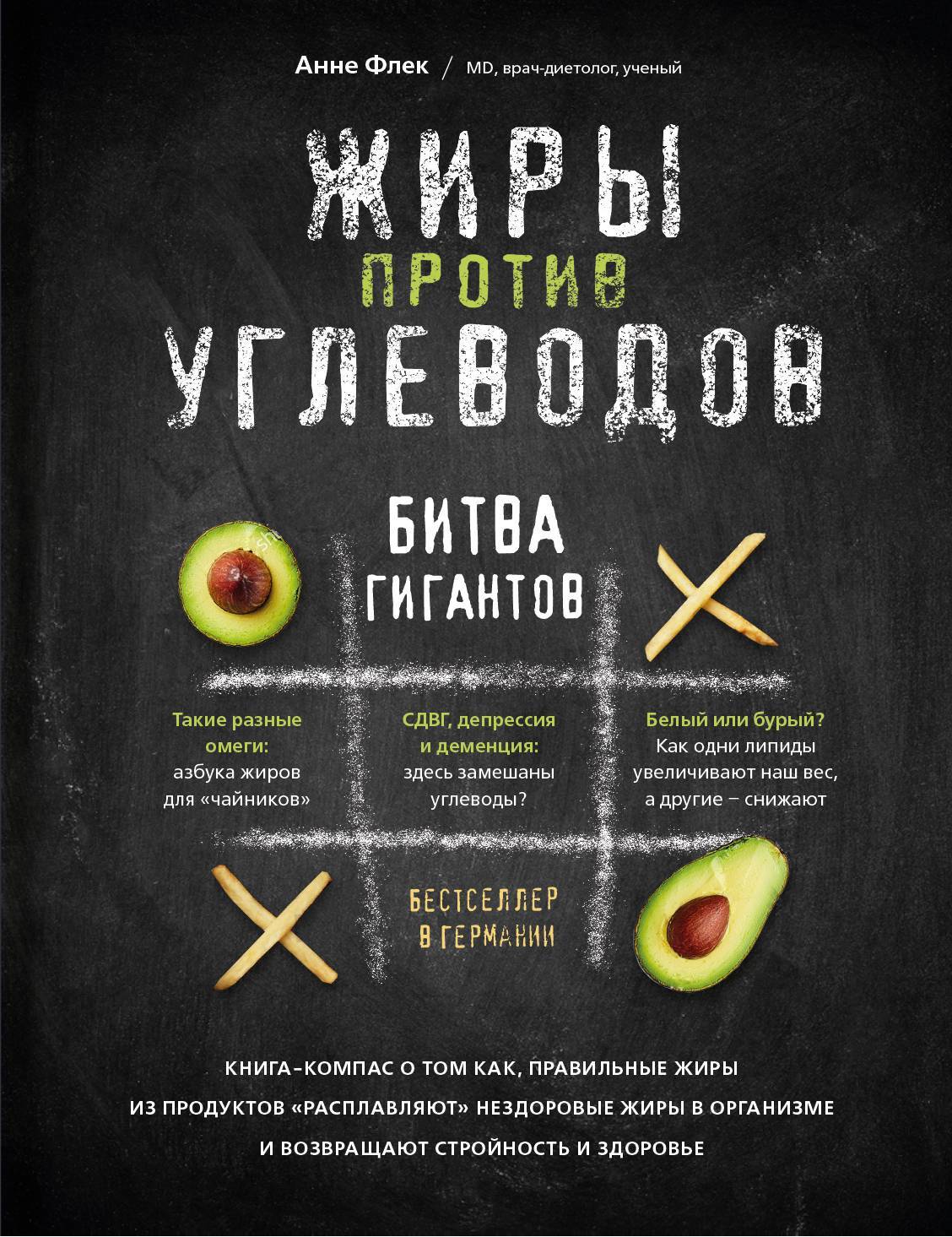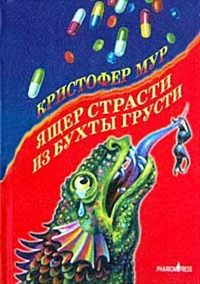class="p1">238 K Warner et al., «Flavor and oxidative stability of soybean, sunflower and low erucicacid rapeseed oils». Journal of the American Oil Chemists’ Society 66.4: 558 – 564. 1989. WE Neff., et al. «Effect of triacylglycerol composition and structures on oxidative stability of selected soybean germplasm». Journal of the American Oil Chemists’ Society 69.2: 111 – 118. 1992.; WE Neff., et al. «Photooxidation of soybean oils as affected by triacylglycerol composition and structure». Journal of the American Oil Chemists’ Society 70.2: 163 – 168. 1993.
239 TD Parker et al., «Fatty acid composition and oxidative stability of cold-pressed edible seed oils». Journal of Food Science 68.4: 1240 – 1243. 2003.
240 Guill et al., Evaluation of Chemical and Physical Changes in Different Commercial Oils during Heating; Acta Scientific Nutrional Health, 2 (6): 02 – 11, 2018.
241 Schmid, Rainer. Ölwechsel für Ihren Körper. Gesund, vital und schön mit naturbelassenen Ölen, 7. Aufl. Inning: Verlag Ernährung & Gesundheit 2010.
242 Der Fettstoffwechsel von Menschen unterscheidet sich von dem von Ratten. Es gibt aktuell keinen bekannten Zusammenhang von Verzehr von Rapsöl und Herzschäden. Die Obergrenze der für Erucasäure tolerierbaren Tagesdosis wurde anhand von Tierversuchen geschätzt und liegt aktuell bei 500 mg pro Tag für Erwachsene. Auch bei einem häufigen Konsum von Rapsöl, der auch vorteilhaft sein kann, wird diese Dosis nicht erreicht.
243 Schmid, Ölwechsel. 244 Strunz/Jopp, Fit mit Fett 70, 71, 72.
245 Ibid., 73.
246 Haber/Rüsing, DHA-reiche Mikroalgenöle: Alternativen für die Zufuhr von langkettigen Omega-3-Fettsäuren. Ernährung&Medizin 2005.
247 Dreher, M. L./Davenport, A. J., Hass avocado composition and potential health effects. Critical Reviews in Food Science and Nutrition 53 (7): 738 – 750, 2013.
248 Unlu, N. Z. et al., Carotenoid absorption from salad and salsa by humans is enhanced by the addition of avocado or avocado oil. Journal of Nutrition 135 (3): 431 – 36, 2005.
249 Wien, M. et al., A randomized 3x3 crossover study to evaluate the effect of Hass avocado intake on post-ingestive satiety, glucose and insulin levels, and subsequent energy intake in overweight adults. Nutrition Journal 12: 155, 2013.
250 de Souza, R. J. et al., Intake of saturated and trans unsaturated fatty acids and risk of all cause mortality, cardiovascular disease, and type 2 diabetes: systematic review and meta-analysis of observational studies. BMJ 351: h3978, 2015.
251 Intake of saturated and trans unsaturated fatty acids and risk of all cause mortality, cardiovascular disease, and type 2 diabetes: systematic review and meta-analysis of observational studies. BMJ. 2015 Aug 11; 351:h3978. doi: 10.1136/bmj.h3978.
252 Rimm, E. B. et al., Vegetable, fruit, and cereal fiber intake and risk of coronary heart disease among men. JAMA 275 (6): 447 – 51, 1996.
253 Wennberg, M. et al., Evaluation of relative intake of fatty acids according to the Northern Sweden FFQ with fatty acid levels in erythrocyte membranes as biomarkers. Public Health Nutr 12 (9): 1477 – 1484, 2009; Wolk, A. et al., Evaluation of a biological marker of dairy fat intake. Am J Clin Nutr 68: 291 – 295, 1998. Khaw, K. T. et al., Plasma Phospholipid Fatty Acid Concentration and Incident Coronary Heart Disease in Men and Women: The EPIC-Norfolk prospective Study. PLoS Med 9 (7): e1001255, 2012.
254 Howard, B. V. et al., Low-fat dietary pattern and risk of cardiovascular disease: the Women’s Health Initiative Randomized Controlled Dietary Modification Trial. JAMA 295 (6): 655 – 666, 2006.
255 Robinson, J., Super natural milk. http://eatwild.com/articles/superhealthy.html. Abgerufen im August 2018.
256 Watson, S. J. et al., The relation of the colour and vitamin A content of butter. Biochem J 28(3):1076 – 1085, 1934.
257 Gunnars, K., Why grass-fed butter is good for you. http://authority nutrition.com/grass-fed-butter-superfood-for-the-heart/. November 2013.
258 Gerard, John, The Herball or Generall Historie of Plantes/gathered by John Gerard of London, Master in Chirurgerie, London: John Norton 1597. Siehe http://www.botanicus.org/title/b12080317. Abgerufen Mai 2018.
259 Roeder, E. et al., Linolensäurehaltige Öle. Deutsche Apothekerzeitung 141 (5): 56, 2001.
260 Zitiert in Braunschweig, Ruth von, Pflanzenöle – Qualität, Anwendung und Wirkung, 5. Aufl. Wiggensbach: Stadelmann Verlag 2016, S. 71.
261 Nach Linus Pauling (zweimaliger Nobelpreisträger, 1954 für Chemie, 1963 Friedensnobelpreis).
262 Enig. Coconut Oil. An Antibacterial, Antiviral Ingredient for Food. AVOC Lauric Symposium 1997. Zitiert in Braunschweig, Pflanzenöle – Qualität, Anwendung und Wirkung. 5. Auflage 2016; Stadelmann Verlag, S. 78.
263 Grimm, Hans-Ulrich, Leinöl macht glücklich – Das blaue Ernährungswunder, München: Knaur MensSana 2012.
264 St-Onge, M. P. et al., Medium-chain triglycerides. Obes Rev 11 (3): 395 – 402, 2003.
265 Mercola, Fat for fuel.
266 Vitaglione, P. et al., Healthy virgin olive oil: a matter of bitterness. Critical Reviews in Food Science and Nutrition 55: 1808 – 1818, 2015.
267 Notarnicola, M. et al., Effects of olive oil polyphenols on fatty acid synthase gene expression and activity in human colorectal cancer cells. Genes&Nutrition 6 (1): 63 – 69, 2011.
268 Khanfar, M. A. et al., Olive Oil-derived Oleocanthal as Potent Inhibitor of Mammalian Target of Rapamycin: Biological Evaluation and Molecular Modeling Studies. Phytother Res. 29 (11): 1776 – 82, 2015.
269 Rigacci, S. et al., Oleuropein aglycone induces autophagy via the AMPK/mTOR signalling pathway: a mechanistic insight, Oncotarget 6: 35344 – 35357, 2015.
270 Rhamani, A. H. et al., Therapeutics role of olive fruits/oil in the prevention of diseases via modulation of anti-oxidant, anti-tumour and genetic activity. Intern J of Clinical and Experimental Medicine 7 (4): 799 – 808, 2014.
271 Garcia-Martinez, O. et al., Phenolic compounds in Extra Virgin Olive Oil stimulate human osteoblastic cell proliferation. PLoS One 11 (3): e0150045, 2016.
272 «Milde ist meistens ein Zeichen von Ranzigkeit», Süddeutsche Zeitung Magazin, 31. Mai 2018. Siehe https://www.sueddeutsche.de/stil/olivenoel-milde-ist-meistens-ein-zeichen-von-ranzigkeit-1.3994817?reduced=true. Abgerufen Juli 2018.
273 Luetjohann, S., Das Schwarzkümmelheilbuch. Die bewährtesten Heilanwendungen, Gesundheitstipps und Rezepte, Oberstdorf: Windpferdverlag 2012.
274 Bao, Y. et al., Association of nut consumption with total and cause-specific mortality. N Engl J Med 369 (21): 2001 – 2011, 2013; Luu, H. N. et al., Prospective evaluation of the association of nut/peanut consumption with total and cause-specific mortality. JAMA Intern Med 175 (5): 755 – 766, 2015; Fernández-Montero, A. et al., Nut consumption and 5-y all-cause mortality in a Mediterranean cohort: the SUN project. Nutrition 30 (9): 1022 – 1027, 2014.
275 Fraser, G. E./Shavlik, D. J., Ten years of




